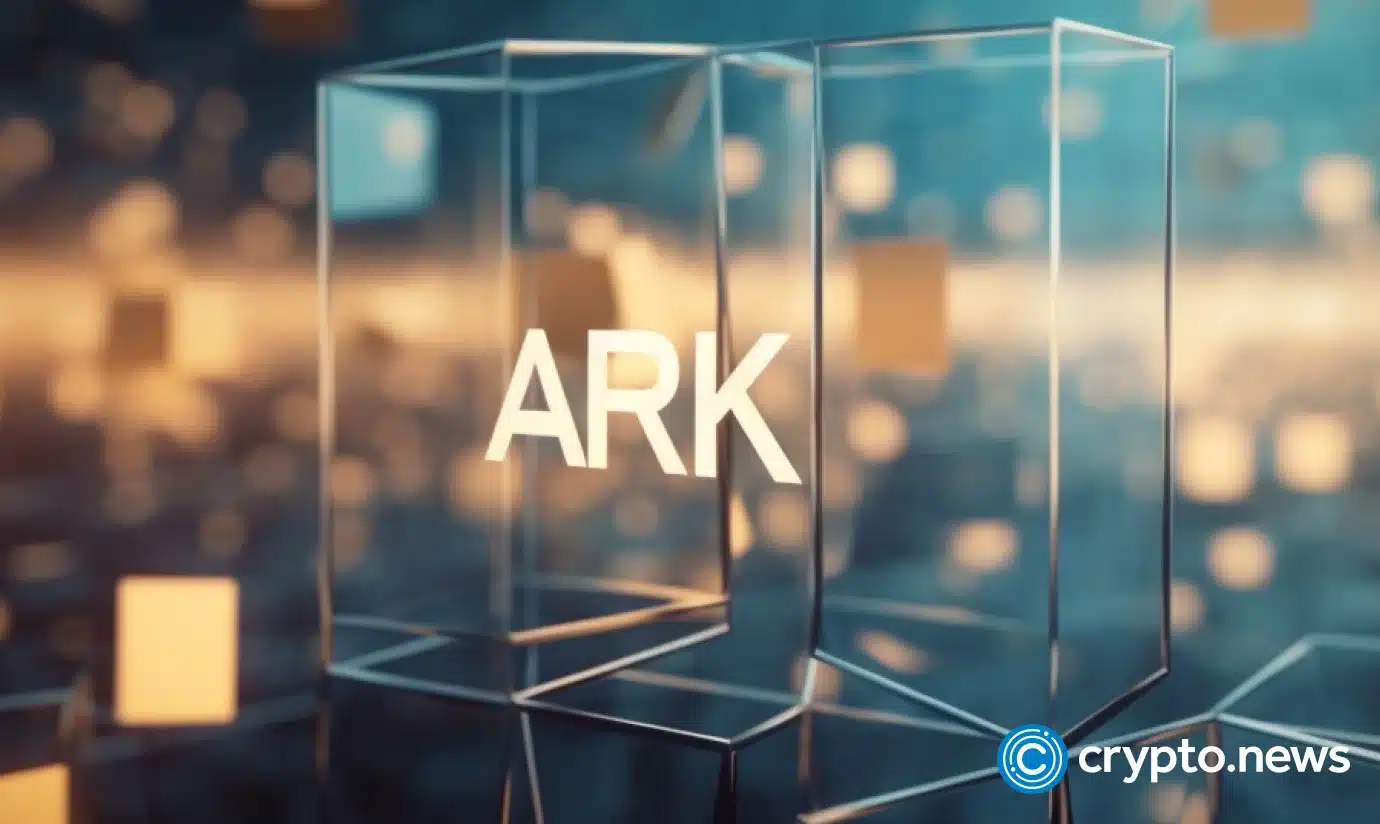The worst decentralization is no decentralization at all

In essence, decentralization is a process, not an ideology or goal. The process of moving decision-making from a centralized institution to a decentralized network.
And every process, no matter how game-changing, has inherent trade-offs. Faced with these trade-offs, we see that the worst kind of decentralization is one that ignores user experience so much that users reject it.
Decentralization should empower users without burdening them.
We are at a critical juncture in the digital age, at the threshold of a decentralization movement that has the power to change the nature of how the Internet works and how we experience what we value online.
But we face a big problem. Could the push for decentralization go to the extent of hindering self-adoption?
Decentralization meets ‘surprise and joy’
Here’s the hard part. To correct our current trajectory, we must change our philosophy to pragmatism and take a few lessons from the technologists who came before us.
To successfully pursue this process, now is the time to take a step back and revisit the fundamentals that led to the rise of the Internet as we know it.
We need to take a page out of the book of companies like Facebook and Google. In fact, you don’t even need the entire page. It’s summed up in one word: simplicity.
In the beginning, applications (what most people now call “the Internet”) served as a bridge, inviting non-tech-savvy people into the immersive digital age without having to understand the underlying complexities.
It was so easy that even kids could do it.
So where does this leave us? We know that improving infrastructure alone cannot solve all problems. We also know that even beautifully structured applications (as rare as they seem) cannot hide the worst parts of decentralization.
Now is the time to revisit your implementation. Simplify onboarding, improve the end-to-end user experience, and perhaps most importantly, meet your users “on the internet.”
And I believe the transition to better decentralization starts with governance solutions.
Yes, I know this is a bad thing to say in a decentralized land. At first glance, the simple concept of custodian goes against the spirit of cryptocurrency, where users have ownership of their assets.
But the problem is that if people can’t access, retrieve, or protect those assets, they can’t own them.
Likewise, just as you wouldn’t trust the “Internet” to keep your money safe, you couldn’t rely on blockchain to inherently secure your digital assets.
It doesn’t work like that.
Consider the average U.S.-based consumer and all the steps they must take to see the money they have in their bank account. You’ll need to set up an account, create a password, answer a ton of customer questions, and finally log in.
What happens if I forget my password? are you okay! Your money is still safe and your bank will help you create new money in less than 2 minutes. Even more damaging, what happens if someone steals your debit card information? Also, no problem! The custodian you choose (i.e. the bank) will guarantee this.
Today, managed wallets are the only solution that can meet the onboarding expectations of Internet users and provide basic features such as password recovery or instant transactions.
Forcing billions of people to use an internet that suddenly feels slow, clunky, and less secure is a good way to ensure that they don’t use this new internet at all.
A custodial wallet is a stage where novice users can experience decentralized technology and ‘graduate’ to self-custody on the other side.
Decentralization’s Biggest Challenge: Itself
Over the past few years, decentralization has been an easy talk that emphasizes ownership and governance. This has been made worse by speculative token prices and reports of malicious actors, making us wonder why it is so difficult to attract new users.
Read more in the comments section. Don’t give your life to Big Tech for free
Multibillion-dollar decentralized businesses have gained larger audiences than ever before, but even truly innovative products have been marred by clunky onboarding, bad user experiences, and, worst of all, wallet drains.
Brave souls trying to overcome Chrome extensions, seed phrases, and arcane hex pop-ups have been left figuratively holding on for their lives.
I have been building in this space for most of my career and I find it hard to believe that this is the best we can do in our industry.
Decentralization at its worst
Sometimes you have to take a step back to move forward.
This is not about compromising the vision of decentralization or returning to a time when billions of people were inaccessible to the global financial system. This is a rebalancing of the trade-offs we must make in the name of adoption.
Ideology is important, but no one wins at the extremes of an ideological battle that no one asks for. The best decentralization should empower, not exclude. Wasn’t that the goal from the beginning?
As we move forward, we must remember that the true success of decentralization will be measured by how widely it is adopted, not how ideologically pure it remains.
Otherwise, we risk being left with the worst kind of decentralization: decentralization that does not exist at all.
Nassim Eddequiouaq is the co-founder of Bastion, an enterprise-focused web3 orchestrator, and former Chief Information Security Officer at a16z Crypto, where he consulted on portfolio projects to enforce stringent security measures and technical guidelines in complex regulatory environments. Prior to a16z, Nassim held senior management roles across security and infrastructure at Facebook, Anchorage, Docker, and Apple, where he led projects to securely deliver cryptocurrency to billions of new users. He holds a Master’s degree in Computer Science from Ecole d’Ingénieurs en Informatique.
Don’t miss the next important story. Sign up for our free daily newsletter.
Source: https://blockworks.co/news/the-worst-kind-of-decentralization-is-none-at-all



